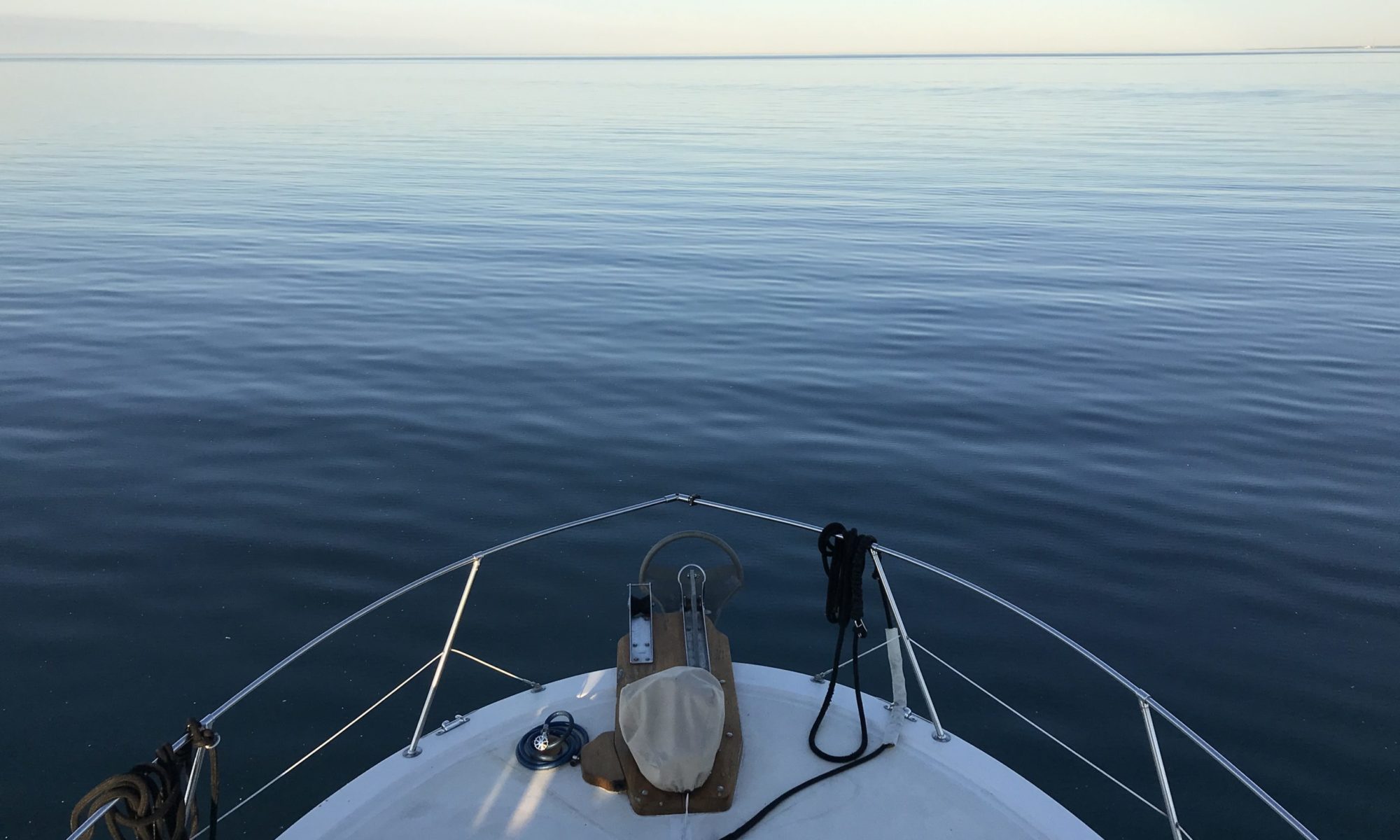After our trip to Mexico in March, and another brief stay at poor Wendy & Bill’s in Campbellville, we packed our bags again, leaving the snorkel gear and sunblock behind, and arrived at Heathrow for a three week “sandwich”: visiting family in Windsor, the Midlands, Liverpool, Norwich and Windsor either side of a week’s holiday on a narrowboat on the Oxford Canal in the middle.










Driving back to the Midlands, we left the steel grey skies of Merseyside behind us as the weather improved in leaps and bounds to summer-like conditions. Before going back to Kenilworth, we stopped in the Cotswolds for a couple of days, staying in a B&B in Blockley, a very pretty village (aren’t they all?) between Chipping Camden and Moreton-in-the-Marsh.
Plopped into a setting right out of Midsomer Murders, Miss Marple and Father Brown, we hiked the picture perfect countryside and strolled the towns and villages made of that lovely honey-coloured Cotswold Stone. It was almost too perfect to be true, and the fact that it was still early in the season meant we weren’t caught in the madding crowd. Sadly, though, we did not come across any mad vicars on bikes more any deceased colonels in the library with a candle stick next to them.









The Cotswolds are something like half an hour from anywhere else, just like everywhere in England, so after loading up the car, we were soon back in Warwickshire and with family again, before we were due at the canal boat hire wharf in Braunston, Northamptonshire.

On the appointed day we arrived at the wharf, where cousin Pete saw us off on our “voyage”. Our boat was 41 feet long with a beam of 6′ 10″, the better to navigate the narrowest of the canal locks, which are exactly 7′ wide. (Rare is the narrowboat that does not have scars of battle decorating its steel hull).

There is a speed limit of 4 mph on the canals, but this does not prove to be much of an imposition since your average speed in a day is just under 3 mph, what with bends and bridges and no wake zones and locking and passing and what not. Besides, the boat won’t go any faster than that even at full throttle.
All in all, a somewhat different experience from navigating the locks of the Saint Lawrence Seaway between Cornwall and Montreal in True North III (47′ long, 13′ 3″ beam, twin diesels 160 hp each, cruising at 8 knots negotiating locks which are 766 feet long and 80′ wide), which we did in 2018. Now, from Midsomer Murders we have been transported plop dash into the middle of The Wind in the Willows.




After our first night moored on the canal, we upped and pootled along to The Folly near Napton-on-the-Hill for another, pre-arranged family gathering, this time a full Sunday roast and pints in the pub garden, all 18 of us: nieces and nephews, siblings and cousins. Smashing.









The next day, we push away from the mooring and tackle the first flight of locks, of which there are six in quick succession, joined by cousins Pete and Jen and their grandchildren, who live close by.









From Northamptonshire we drove east to Norfolk and the fine city of Norwich where my dad was born and where we spent our childhood summer hols, and where I even went to University.

Norwich is also where Mum met Dad in 1941 while staying with Uncle Norman in his pub The Catherine Wheel – she was serving behind the bar when in walked Tim, who did some freelance work for Uncle Norman fixing radios and fancied a pint. She was staying in Norwich at that time because Hitler kept on insisting on bombing Liverpool and her docks, where Mum’s home was.

Ironically enough, with Mum having been moved from one side of the country to another for safety, Adolf decided to bomb Norwich as well, and dropped incendiaries on the pub one night in 1942, with Mum, Uncle Norman, Auntie Kit, two-week-old baby Stuart and Patch the dog and her pups, all just escaping by the skin of their teeth in their pyjamas, losing everything else they had ever owned, except their little Austin Ruby, into which they piled, putting Patch and pups in their basket on the roof of the car.

We visited with cousin Lesley (daughter of Auntie Kit and Uncle Norman) and husband Stephen, their grandson Harley and daughter Kate, up from London. As well as a trip to the Norfolk Broads, we dropped in at majestic Blickling Hall, an Elizabethan palace and home at one time to the Boleyn family, where young Ann, still with a good head on her shoulders, grew up.



From Norfolk back to Windsor and a brief stay til the flight back: it was late April and time to think about preparing the boat for launch. It was planned that it would be our home for the summer. Loyalist Cove Marina, near Kingston, Ontario, therefore, was next on our list.


Thanks for the tour of the beautiful English countryside. It was fun to see your family and where you grew up. The photograph of Remains of the Day is a new favourite and the image of Michel walking the plank struck me funny.
Love Taylor.